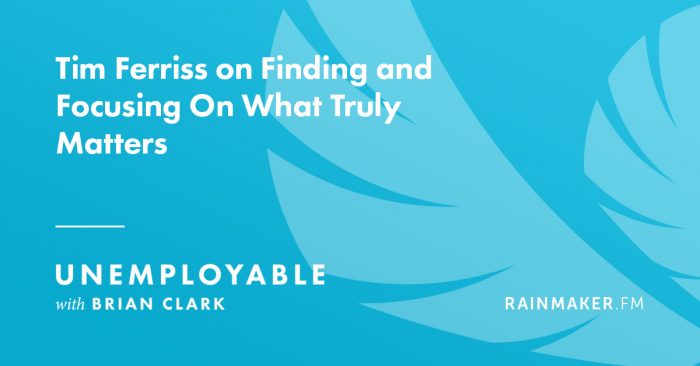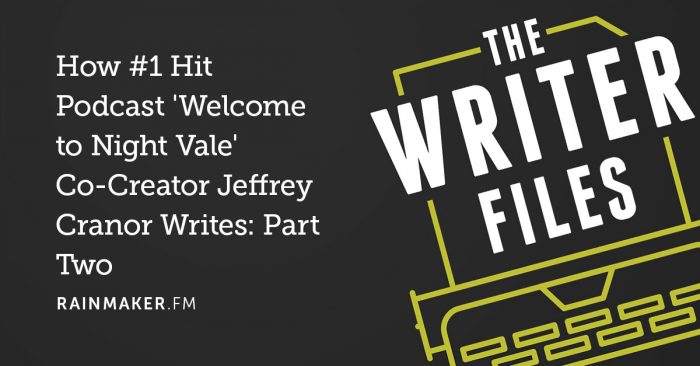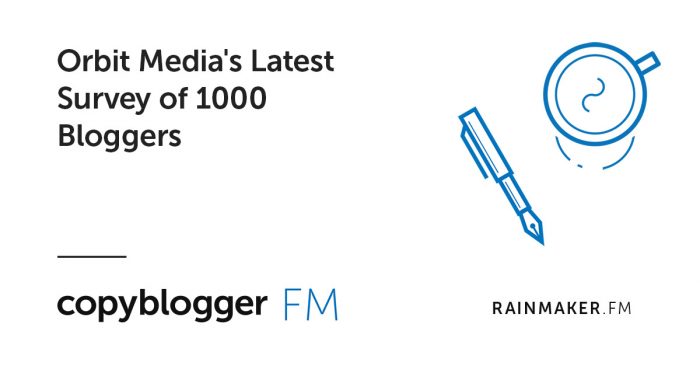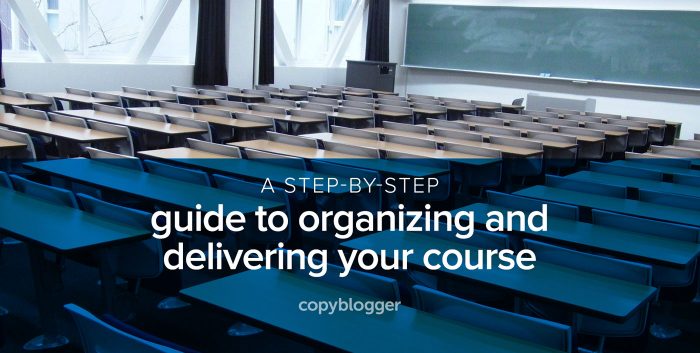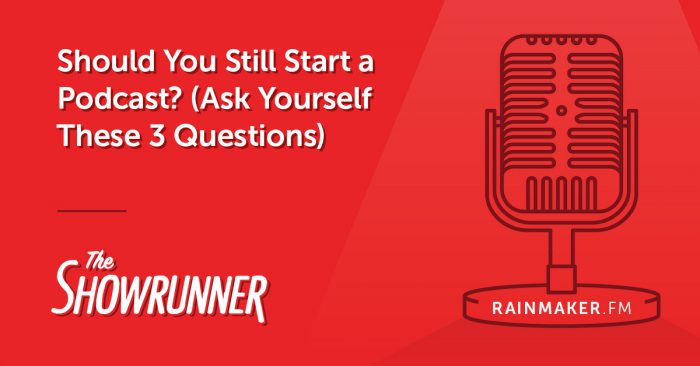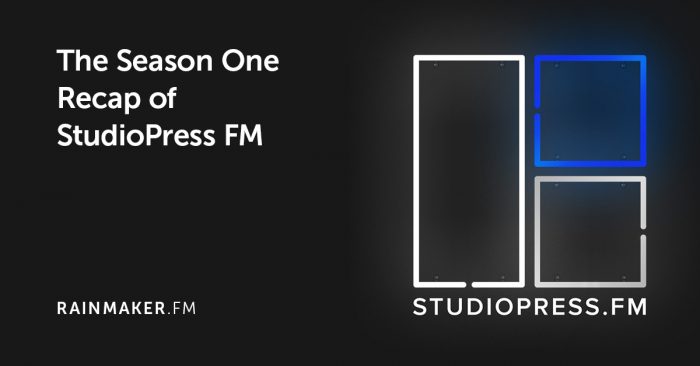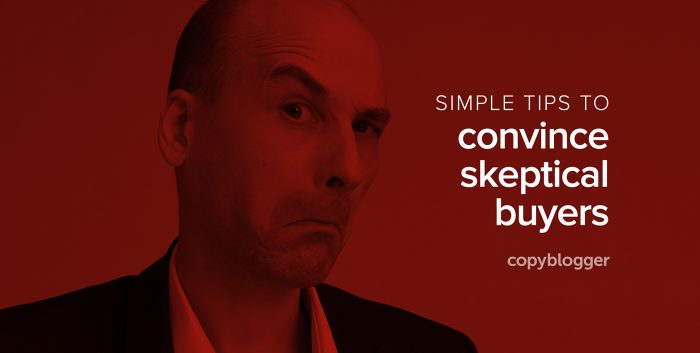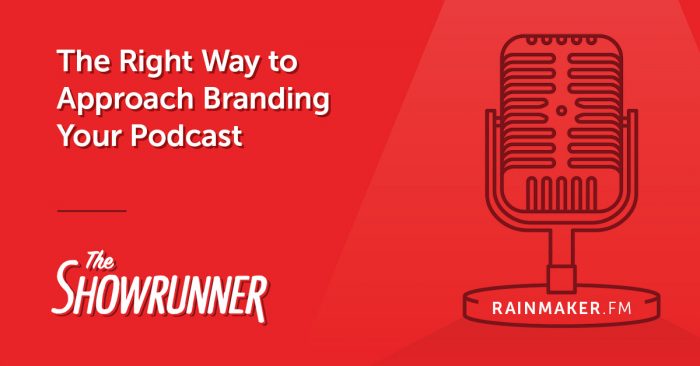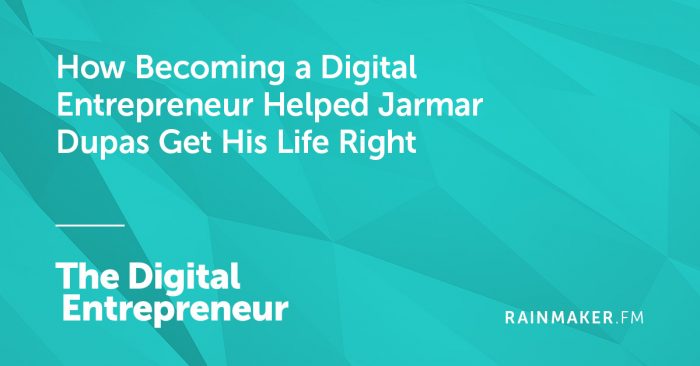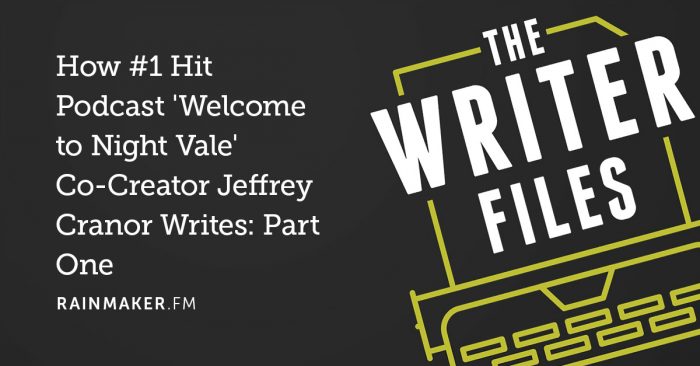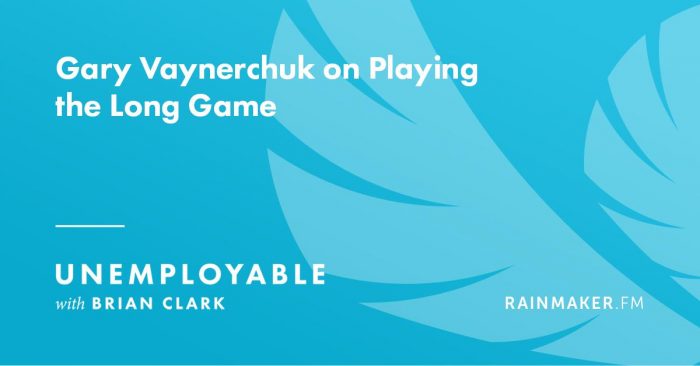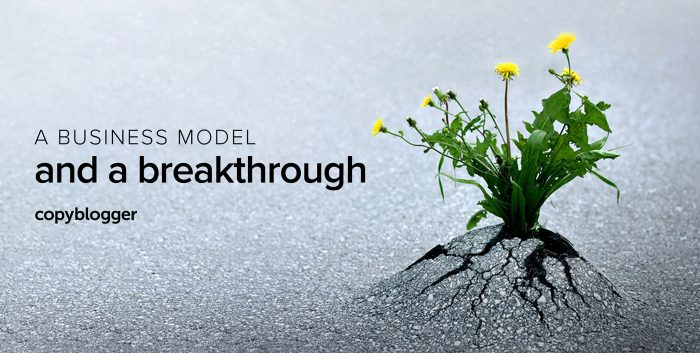
It was the end of 2008. Something you might remember about that year — in October, the markets took a nasty fall and the global economy melted down.
I was the sole breadwinner for my family. The company I worked for was going through round after round of layoffs. The well-paying, secure job I’d had for five years looked likely to evaporate underneath me.
I had some savings, but not a ton. I had a mortgage and preschool for my three-year-old to pay for, as well as silly habits like buying groceries and having health insurance for my family.
I had been noodling around with business ideas, but I hadn’t gotten serious.
In the final few months of 2008, I had to get serious. Early in 2009, I took the leap. Here’s how I did it.
My year of living dangerously
In 2009, I felt a lot like a chicken trying to cross an eight-lane highway. It was theoretically possible, but there was a non-optimal level of stress involved.
The first thing I did was hang out my shingle as a freelance copywriter.
In a lot of ways, it was wonderful. I worked on fascinating projects that I cared about. I had lovely clients who actually listened to me. I was able to implement content strategy (which I learned, incidentally, mainly from Copyblogger), instead of sitting in endless meetings talking about it.
The main downside for me was the “you don’t kill, you don’t eat” freelance model, in which I was endlessly having to close new clients in order to keep my revenue going.
I know people who are masters of this. I was not one of them.
But it worked, more or less. I was supporting my family.
Growing the audience
One thing I’m so grateful for about that time: I had started growing my audience well before I needed clients. My original intent had been to find another job — I figured a blog would help me stand out with prospective employers.
As it turned out, I was functionally unemployable, but the blog was an amazing resource. It didn’t have zillions of readers or email subscribers — but it had enough.
(By the way, I launched an email list with a simple autoresponder before I even had that site up, which I recommend if you’re starting from scratch today. You want to capture every drop of attention you can.)
By the time I went out on my own, that blog had already started to pull a small audience together. It also connected me with like-minded people for projects, support, expertise, and eventually business partnerships.
The email list allowed me to put offers in front of potential customers — and discover what worked and what didn’t.
Finding stability
2009 was a year of hustle, and trying out all kinds of business models.
I tried freelancing, which sort of worked. I tried some content strategy consulting (we called it something else then), which also sort of worked. I put together a few simple information products with friends. I had some affiliate offers going.
My friend Gary, a business coach who talked me down from Mount Freakout about a thousand times that year, had been on my case to launch an online course with a membership component. I told him I’d get it done that year.
It was not pretty. Building the site was complicated, and I needed to hire someone to put together a variety of puzzle pieces that came from entirely different puzzles. It was fairly expensive to build. But I got it launched — in mid-December, since I’d promised Gary I’d do it that year. (Accountability is a useful thing.)
I called that site The Remarkable Marketing Blueprint, and it changed everything.
(There are still lovely and successful folks out there who identify themselves as “The Remarkables.” That makes me deeply happy.)
I launched the Blueprint at a pretty modest monthly fee. The checkout system was a PayPal nightmare, and I’m lucky it worked at all. The membership management tools were primitive, with lousy security. (Remind me to tell you about the week that Russian hackers kept putting porn into my member library. Fun times.)
That’s why I’m a bit emphatic about how much easier the Rainmaker Platform makes things. Trust me, the early tools were not so user-friendly.
But they got the job done. People bought the course. They benefited from the course.
After a short time, I relaunched the Blueprint (Gary was bugging me again) at a higher price. And that launch went even better.
I didn’t become a millionaire. But I had momentum and steady revenue. I was helping people with their problems, and in turn, I was making a reasonable living. I had a business that worked.
If you think that would be an amazing feeling … you’re absolutely right.
Come to the free webinar
Building an online course or membership community is a great business model — but it’s not a guaranteed home run. You can set yourself up for failure, or set yourself up for success.
Brian Clark’s original Teaching Sells was the course that taught me how to set the Blueprint up for success. How to structure it, how to make it marketable, how to position it, how to get the content created, how to launch it, and how to run it.
Teaching Sells isn’t on the market anymore, but Brian Clark still teaches folks how to build online courses — only these days, it’s a much more streamlined process.
Brian’s holding a free webinar on Wednesday, December 7, 2016 at 3:00 p.m. Eastern Time that will get you started.
Click the button below for easy (and free!) registration.
How to Develop an Irresistible Online Course People Will Line Up to Buy (and Then Actually Use)
I love this model for so many reasons.
- I won’t say it was easy, but it was doable.
- It supported me and my family when we really needed it.
- It provided steady, predictable revenue so I could catch my breath and actually plan something.
- It was conducive to my commitment to be a good parent and spouse as well as a capable businessperson.
- It connected me with wonderful customers, who became friends, and who went into the world and did amazing things.
- And it opened doors to other possibilities — the business stage that Brian Clark calls “Acceleration.”
It’s a model that works if you know how to do something really well. It’s also a model that works if you don’t have your own particular area of expertise, but you partner with someone who does. (You set the course up and run it; they provide the content and expert authority. These can be remarkably productive businesses.)
Even though we’ve been business partners for years now, I always make a point of listening to what Brian has to say about online courses. He always has new insights and points of clarity that I learn from.
So I’ll be there … and if you have any interest at all in this model, I recommend you check it out as well. You can just click the button to get registered.
How to Develop an Irresistible Online Course People Will Line Up to Buy (and Then Actually Use)
The post My Favorite Business Model for a Breakthrough Digital Business appeared first on Copyblogger.
from
http://feeds.copyblogger.com/~/236142172/0/copyblogger~My-Favorite-Business-Model-for-a-Breakthrough-Digital-Business/
